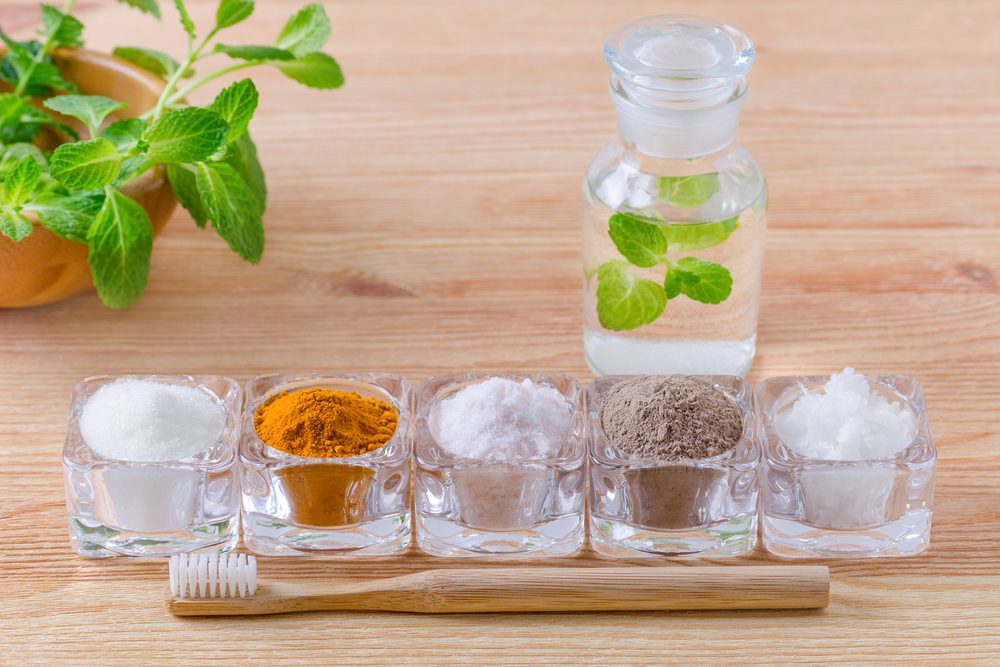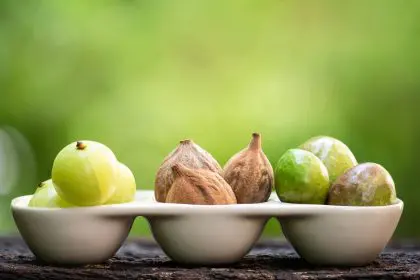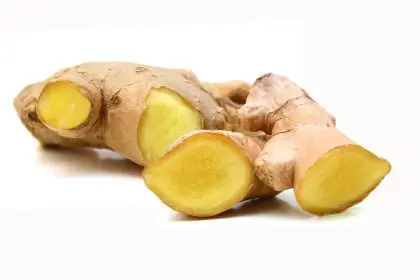Chronic inflammation simmers quietly in the body, fueling pain, fatigue, and serious conditions like arthritis or heart disease. Unlike acute swelling from a cut, this persistent state wears down joints, organs, and energy over time. While medications help, nature’s pantry holds potent allies—spices used for centuries to soothe and heal. Sprinkled into meals or sipped as teas, these kitchen staples fight inflammation with compounds that rival drugs, minus the side effects. These three spices stand out for their ability to calm chronic inflammation naturally, offering hope through everyday flavors.
1. Turmeric’s golden glow tames swelling
This vibrant yellow spice, a staple in curries, owes its power to curcumin, a compound that dials down inflammation at the cellular level. Curcumin blocks pathways that trigger swelling, easing joint pain and stiffness in conditions like rheumatoid arthritis. A pinch in soups, smoothies, or rice dishes adds warmth and a subtle kick, while boosting the body’s antioxidant defenses. Pairing turmeric with black pepper unlocks its full potential, as pepper multiplies curcumin’s absorption. Regular use—think a teaspoon daily—can soften the burn of chronic inflammation, bringing relief that builds over weeks.
2. Ginger sparks fiery relief
Ginger’s zesty bite hides a knack for cooling inflammation, thanks to gingerols that act like natural painkillers. These compounds dampen the body’s overactive immune responses, soothing sore muscles and digestive flare-ups linked to chronic conditions. Fresh or powdered, ginger shines in stir-fries, teas, or baked goods, delivering a sharp warmth that wakes up taste buds. A morning brew of grated ginger with lemon can ease morning aches, while daily doses cut swelling in joints or gut. Its versatility makes it a simple add-on, turning meals into medicine without fuss.
3. Cinnamon steadies blood and joints
Beyond its cozy role in desserts, cinnamon fights inflammation with cinnamaldehyde, a molecule that curbs swelling and protects cells. It helps balance blood sugar, a key driver of inflammation when unchecked, making it a double threat for conditions like diabetes or heart issues. A dash in oatmeal, coffee, or roasted veggies lends sweet heat, while steady use—half a teaspoon daily—can lower markers of chronic inflammation. Ceylon cinnamon, milder than the common kind, maximizes benefits with less intensity. This humble spice weaves healing into routines, calming the body one sprinkle at a time.
Why these spices shine
These three spices—turmeric, ginger, cinnamon—pack a punch against chronic inflammation by targeting its roots. Turmeric’s curcumin shuts down swelling signals, ginger’s gingerols ease pain pathways, and cinnamon’s compounds stabilize blood sugar to curb flare-ups. Together, they tackle joint aches, gut woes, and systemic strain, with studies showing measurable drops in inflammation markers after weeks of use. Unlike pills, they blend into diets seamlessly, costing pennies per dose. Their natural approach sidesteps harsh side effects, offering a gentle yet effective way to reclaim comfort.
The impact stretches far. Less inflammation means less pain, lifting mood and mobility for work or play. Energy returns as the body fights less against itself, while risks for heart disease or diabetes dip. Spices don’t demand a diet overhaul—sprinkle them into what’s already cooking. They’re accessible, even in food deserts, where a jar of cinnamon or ginger lasts months. For those worn by chronic aches, these flavors turn kitchens into healing hubs, proving small changes spark big shifts.
Using spices smartly
Start small to make spices allies. Add a teaspoon of turmeric to scrambled eggs or broth, with a pinch of pepper to boost it. Grate fresh ginger into hot water for tea, or stir powdered into marinades—aim for a teaspoon daily. Dust cinnamon on apples or yogurt, sticking to half a teaspoon to avoid overpowering. Buy whole spices for freshness, grinding as needed, or use pre-ground for convenience. Store in cool, dark spots to keep potency. If blood thinners or stomach issues are a concern, check with a doctor, as spices can interact.
Avoid overdoing it. Too much turmeric can upset stomachs, while heavy cinnamon doses stress the liver. Ginger’s fine for most, but large amounts might thin blood slightly. Mix spices into varied meals to prevent boredom—turmeric rice one day, cinnamon oats the next. Track how joints or energy feel after a month to gauge progress. Pair with veggies and lean proteins to amplify anti-inflammatory effects, without needing a full diet flip. Consistency, not perfection, turns these spices into steady healers.
Flavor that fights back
Turmeric, ginger, and cinnamon—these three spices offer hope against chronic inflammation’s grind. They ease swelling, soothe pain, and guard health, all from the spice rack. Each pinch cuts through the fog of aches, building resilience meal by meal. They don’t erase inflammation overnight, but their quiet work compounds, offering relief that feels like a gift. In a world of quick fixes, these flavors remind us healing can start with a sprinkle, turning daily bites into steps toward a body at ease.

















